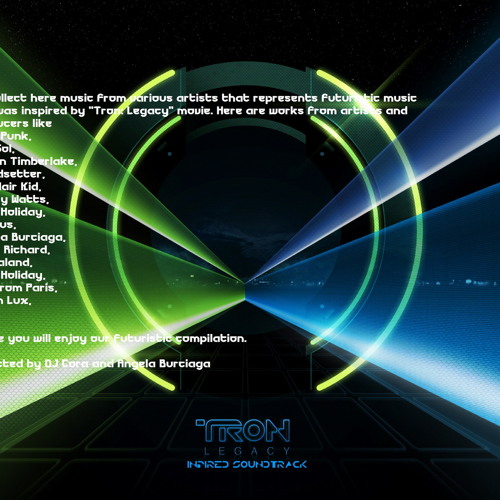

It is not a compromise.” He later told Rolling Stone that, “ people thought the helmets were marketing or something, but for us it was sci-fi glam.” That combination hides our physicality and also shows our view of the star system.

If we have to create an image, it must be an artificial image. In a now-archived interview with Canoe, Thomas Bangalter said, “We don’t believe in the star system.

We’re allowed to have a normal life like regular people and interact normally with people without so much of a fake situation. Some were created with ambiguity as their brand. But for Daft Punk, it was all about the two most important things: artistry and privacy. Elitism and exclusivity are found in every genre but, in dance music, it became a marketing plot. Solving the puzzle of “Who are they?” almost became a gimmick. Sooner or later, people used Daft Punk’s mystery as a formula to their success… especially in dance music. But in the age of internet tabloids and the hopes of becoming besties with a star, it was pretty uncommon for people to not know exactly who you were. A simple Google search would lead to you find the names of the men behind the masks. Or maybe, they just got lucky? Either way, it wasn’t like figuring out their identity was a huge part of their careers (Read: MF DOOM). Perhaps because the masked musicians had already found success with their first two albums, they became exempt from the downsides of social media. A few years after, Soundcloud and Twitter became hubs for finding new music and garnering a following. As the internet got bigger, the world got smaller, and fans felt the right to know who celebrities were on a personal level. The early 2000s birthed Myspace and YouTube, where every day a new artist would be discovered. It’s worthy to mention that the timeline of Daft Punk’s success was parallel to the rise of social media. – Guy-Manuel de Homem-Christo, Rolling Stone Anonymity in the Age of Social Media “We’re not performers, we’re not models – it would not be enjoyable for humanity to see our features, but the robots are exciting to people.” Unveiled, Guy-Manuel de Homem-Christo and Thomas Bangalter would become one of the most critically-acclaimed musical acts of all time. The getup went through several evolutions before Daft Punk fully took on the role of the enigmatic electronic robots. Masks only became a part of their uniform after the release of Homework in 1997, where they decided before their first public appearance, that they would wear black bags over their heads. But the French electronic duo didn’t always hide their faces. Ironically, the helmets might be Daft Punk’s most recognizable feature to the casual listener. After 28 years of being pioneers of electronic music, there’s one thing we know for sure: Not even a mask could hide the cultural impact of Daft Punk. So when they said their goodbyes on February 22, it felt like the whole world was rocked. There aren’t many musical acts as revered and remarkable as Daft Punk.


 0 kommentar(er)
0 kommentar(er)
